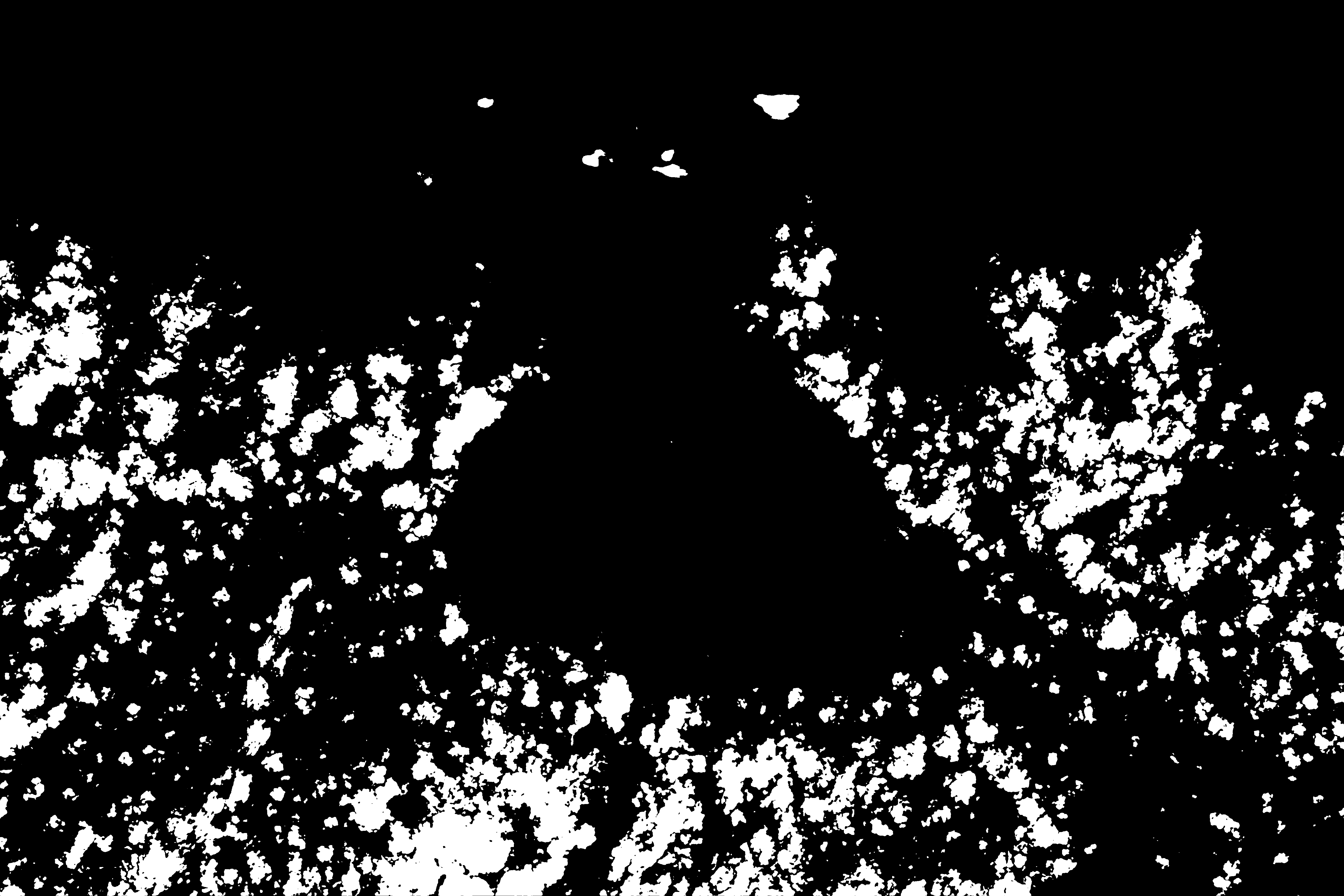ISS062-E-113274
| NASA Photo ID | ISS062-E-113274 |
| Focal Length | 140mm |
| Date taken | 2020.03.25 |
| Time taken | 16:06:52 GMT |
Country or Geographic Name: | BRAZIL |
Features: | RIO DE JANEIRO, GUANABARA BAY |
| Features Found Using Machine Learning: | |
Cloud Cover Percentage: | 25 (11-25)% |
Sun Elevation Angle: | 60° |
Sun Azimuth: | 327° |
Camera: | Nikon D5 Electronic Still Camera |
Focal Length: | 140mm |
Camera Tilt: | 23 degrees |
Format: | 5568E: 5568 x 3712 pixel CMOS sensor, 35.9 x 23.9 mm, total pixels: 21.33 million, Nikon FX format |
Film Exposure: | |
| Additional Information | |
| Width | Height | Annotated | Cropped | Purpose | Links |
|---|---|---|---|---|---|
| 720 pixels | 480 pixels | Yes | No | NASA's Earth Observatory web site | Download Image |
| 5568 pixels | 3712 pixels | No | No | Download Image | |
| 640 pixels | 427 pixels | No | No | Download Image |
Popcorn clouds dot the landscape over the Brazilian cities of Rio de Janeiro and Sao Goncalo in this photograph taken by an astronaut looking down from the International Space Station (ISS). Rio de Janeiro is home to more than 6.5 million people.
Clouds had formed over rural areas and densely populated cities but are noticeably absent above Guanabara Bay, the coastal lagoons, and the ocean due to the mechanisms of cloud formation. Heat from the Sun warms the land surfaces in the area, which then warms the air directly above it. That warm air, and all of its cloud-making water vapor, then rises and condenses into clouds.
Bodies of water, on the other hand, do not change temperature as rapidly; the water remains cooler even during full Sun exposure. The water does not heat up enough to significantly warm the air above it, preventing air from rising to make clouds. This, and many additional climate processes, can be traced to the different average heat capacity of water and land.
The cloudless window over Guanabara Bay allows for a view of its largest island, Governador Island. A sharp boundary separates the telltale shapes the runways of Rio de Janeiro-Galeao International Airport's and the densely populated eastern half of the island. The famed beaches of the area, such as Copacabana, line the Atlantic shore.




